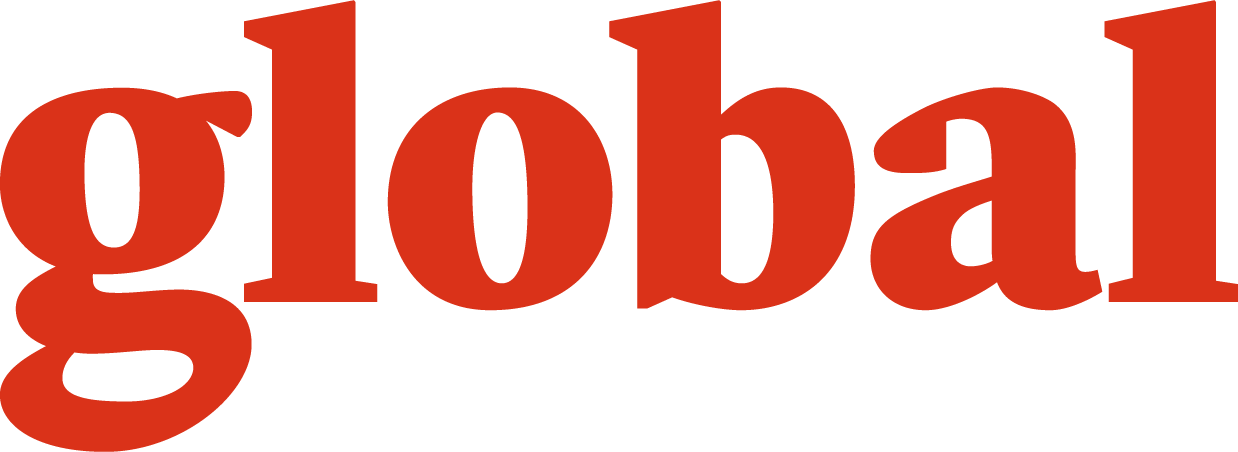Share post now

global
The Alliance Sud magazine analyses and comments on Switzerland's foreign and development policies. "global" is published four times a year (in german and french) and can be subscribed to free of charge.
Article, Global
21.03.2024, Financing for development
In October 2023, the OECD Development Assistance Committee (DAC) took a decision that has largely escaped public notice. It is about including "private sector instruments" in development financing, and could hold far-reaching implications for the poorest countries in the South.

© Christina Baeriswyl
The way of measuring development funding has been a topic of discussion since its inception. While donor countries in the North wish to be seen as being as generous as possible, countries in the South want the biggest possible share of the funds to go where it is most needed. This is the backdrop to the current debate on the inclusion of public contributions for loans and various types of investment in enterprises located in countries of the South.
In February 2016, and as part of the process of "modernising" the definition of Official Development Assistance (ODA), members of the Development Assistance Committee (DAC) of the Organisation for Economic Co-operation and Development (OECD) agreed for the first time on principles by which to account for Private Sector Instruments (PSIs). These instruments include loans to enterprises, equity investments, mezzanine financing1 and guarantees.
At the time, however, DAC members failed to agree on the rules that would govern the inclusion of PSIs in ODA, in accordance with the principles agreed. Provisional reporting methods were therefore put in place in 2018. As PSIs represent just 2-3 per cent of total ODA, the solution was deemed acceptable while the DAC worked to find a more permanent solution. In October 2023, a new permanent agreement was reached on PSIs, with potentially far-reaching consequences for development financing.
Since the introduction of ODA in the 1960s, one of its key principles has been that of concessionality. Under this principle, development funds are exclusively grants, or take the form of preferential loans. The OECD-DAC decision of October 2023 supplanted this principle and redefined ODA. The new rules require that when private sector instruments are included, evidence must be presented regarding the role of the funds allocated to these instruments in adding value, whether financially or in terms of content and development (see “The three definitions of additionality”). DAC member countries are expected to provide information on the type of additionality of the PSIs they use. This is mandatory.
But the DAC itself regrets that the data provided so far has been sketchy and that the additionality reports submitted are "incomplete and unconvincing". Yet, solid reporting on additionality is the key to ensuring that DAC members effectively allocate scarce ODA resources where the needs are greatest, and where they can be most impactful.
For a PSI activity to qualify as ODA, it must provide additionality at the financial level or in value and development terms:
In the absence of adequate additionality reporting, however, one can only make presumptions about, rather than demonstrate the added value of PSIs. In other words, without this information, there is the risk that ODA could be artificially "inflated" by creative accounting practices, and this would increasingly water down the definition of "development assistance". On a seemingly positive note, as of 2026, information provided on the additionality of PSIs will undergo special examination by the DAC Secretariat "to enhance the integrity of ODA". It is to be hoped that these verifications will make for greater transparency.
According to a Eurodad study, between 2018-2021, a total of USD 20.6 billion was reported as PSIs, representing 3 per cent of total ODA. By themselves, the four main European countries (UK, EU, Germany and France) account for 80 per cent of the total of PSIs from DAC members. Switzerland ranks 11th, with 0.7 per cent of the total.
Eighty-five per cent of the total was channelled through Development Finance Institutions (DFIs), including the Swiss Investment Fund for Emerging Markets (SIFEM) in Switzerland. The respective DFIs of the four major European donors – British International Investment (BII) in the UK, the European Investment Bank (EIB/EU), the Kreditanstalt für den Wiederaufbau (KfW) and the Deutsche Investitions- und Entwicklungsgesellschaft (DEG) in Germany, and France's Proparco – account for 91 per cent of all PSI ODA reported by these DAC members. Some of these DFIs have seen their portfolios double in the space of ten years, and the amount of DFI activity is expected to grow further in the years ahead.
Source: OECD-DAC Creditor Reporting System 2023.
These development finance institutions have a profitability mandate and therefore invest preferably in countries and regions with a lower risk profile and more secure profit expectations. As the figure above illustrates, between 2018 and 2021, most of the private sector instruments were invested in upper middle-income countries (59 per cent), followed by lower middle-income countries (37 per cent). Only 4 per cent of PSIs were allocated to least developed countries (LDCs). This shows that only marginal amounts of the development funds managed via PSIs reach the countries most in need.
Switzerland reports some CHF 35 million as ODA in the form of PSIs, which include capital payments of CHF 30 million per year to SIFEM, plus a few other instruments (less than CHF 5 million). SIFEM specialises in the long-term funding of SMEs and other "fast-growing" enterprises, in order to stimulate economic growth and create jobs.
A distinction must be drawn between PSIs and "amounts mobilised from the private sector", in other words, all private funding mobilised through public development finance interventions, regardless of the origin of the private funds. These funds are not part of ODA, but may be included in the broader indicator of development financing – total official support for sustainable development (TOSSD).
In its latest edition, the 2023 DFI Transparency Index – which analyses the activities of the 30 leading DFIs with assets totalling USD 2000 billion – SIFEM occupies a very low position in the transparency rankings! At the close of 2022, SIFEM's investment portfolio amounted to USD 451 million, and was allocated almost entirely to middle-income countries (MICs). More specifically, 62 per cent was invested in lower middle-income countries and 34 per cent in upper middle-income countries. Low-income countries (such as Ethiopia and Malawi) accounted for just 3 per cent of the investment portfolio. As of the same date, only 42 per cent of the portfolio was invested in priority countries for Switzerland's international cooperation.
We are witnessing a critical period where wars, the fallout from the coronavirus pandemic and the growing impacts of climate change are plunging millions of people into poverty. Donor-country resources are remaining flat or diminishing, and are therefore being used to cope with a growing number of crises and wars. This raises the question as to whether the development of private sector instruments, the vast majority of which are allocated to better-off developing countries, is the ideal path for Switzerland's international cooperation (IC). The current database is not sufficient to allow for a definitive assessment of the effectiveness of these instruments. But the current geographical distribution is such that we question whether private sector instruments are contributing to the constitutional mandate of IC – i.e., to assist those in need and combat poverty in developing countries and regions, and to favour the most disadvantaged population groups. These instruments should therefore not play a pivotal role in Switzerland's international cooperation, also in the future. But it is much more crucial to ensure that the modernisation process does not further dilute the principal benchmark for development financing, i.e. ODA, and that Pandora's box is closed once again.
1 The OECD defines mezzanine financing as instruments relating to types of financing that fall between an enterprise's senior debt and equity, displaying features of both debt and equity.
Share post now

global
The Alliance Sud magazine analyses and comments on Switzerland's foreign and development policies. "global" is published four times a year (in german and french) and can be subscribed to free of charge.